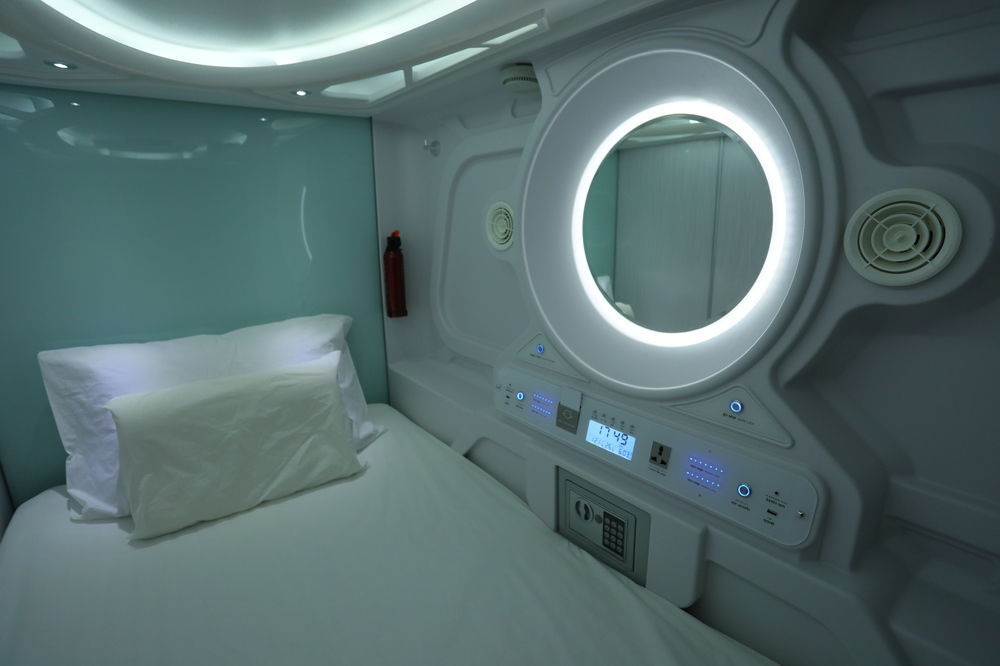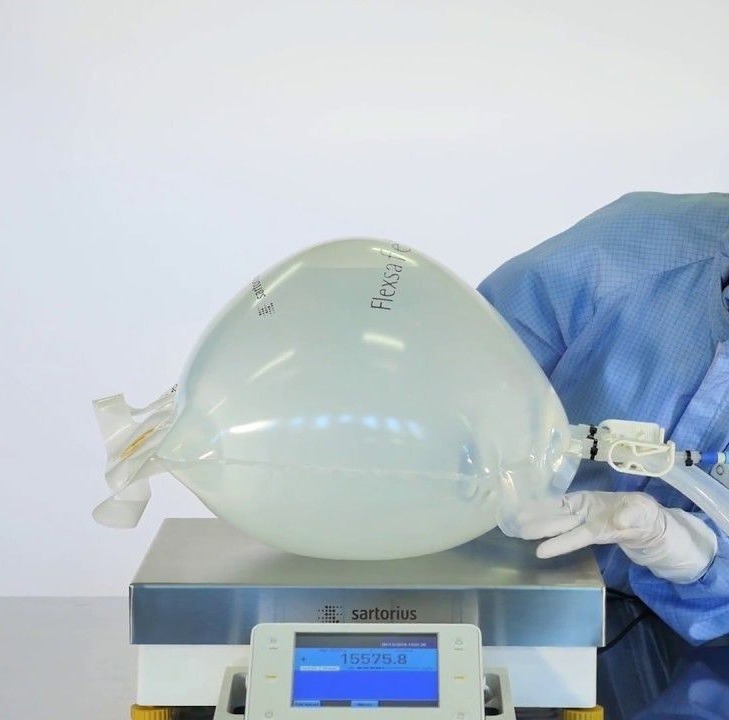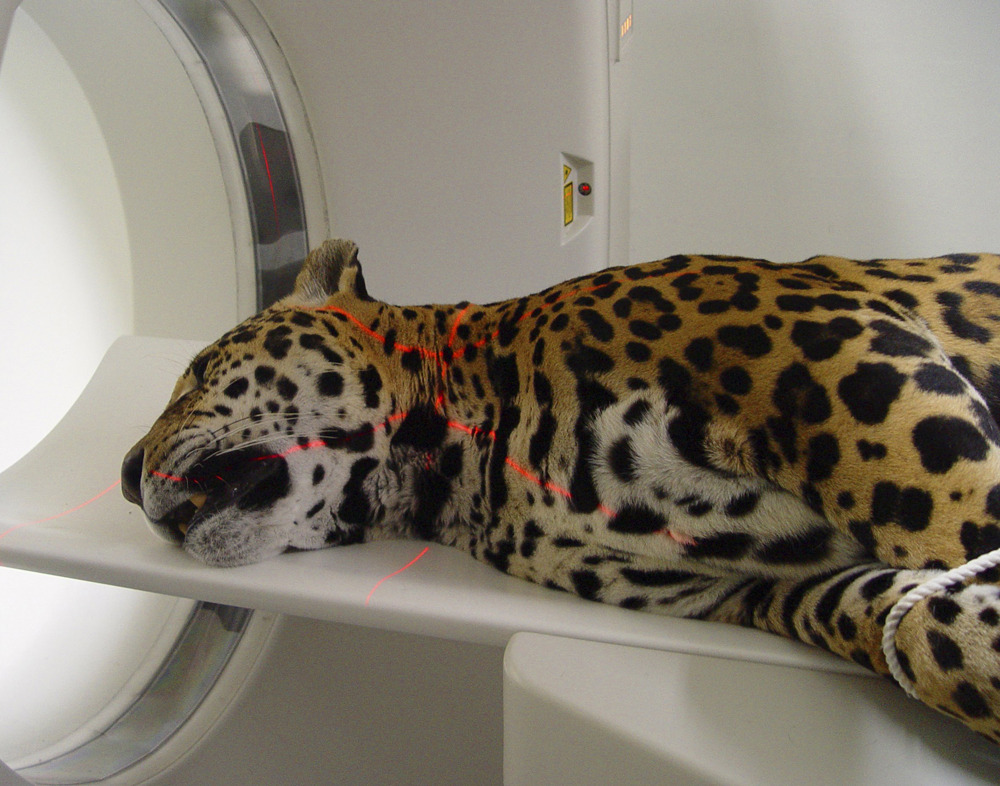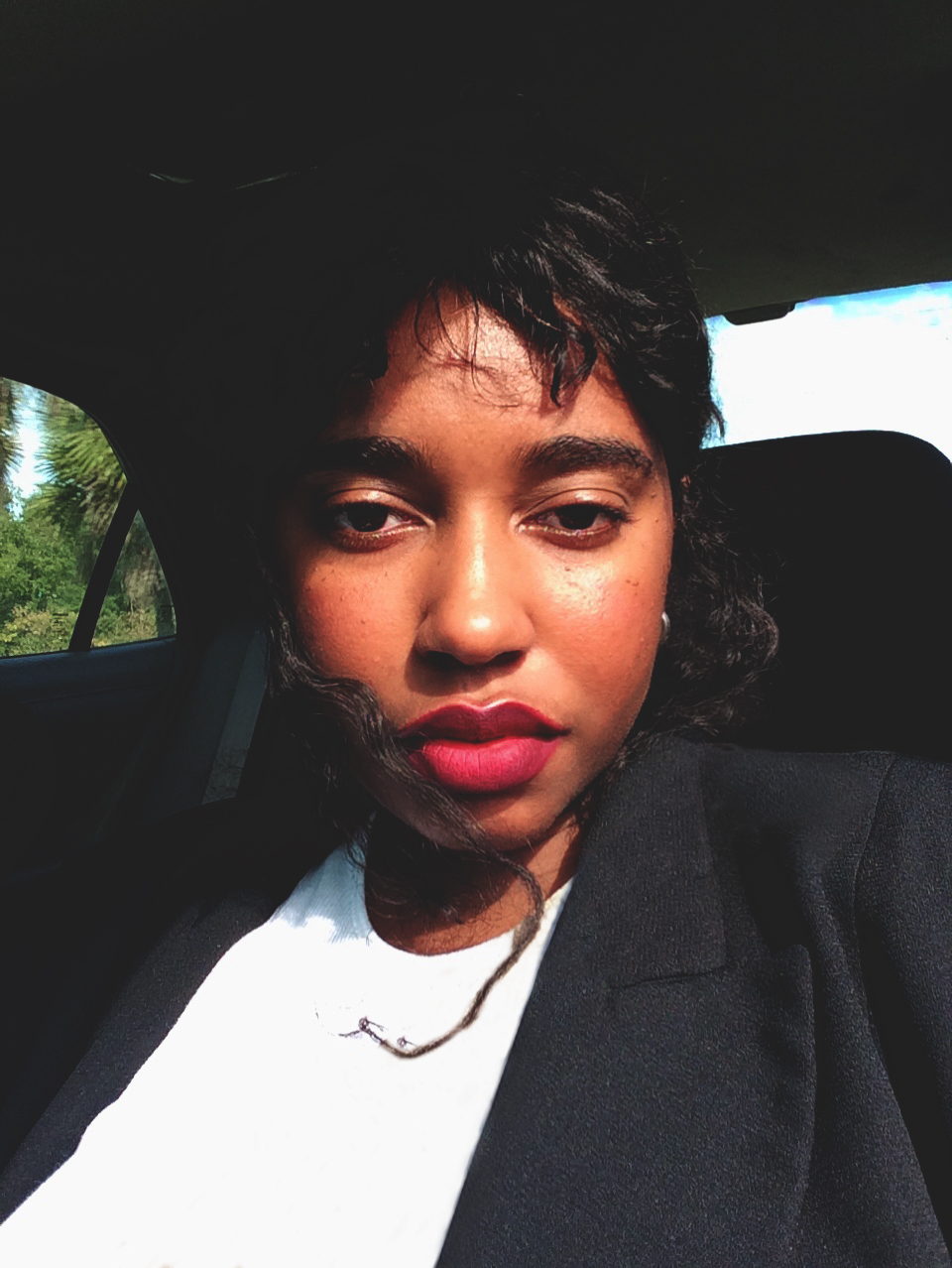Safety Corp’s Redeem Pettaway on New Futures Post-COVID-19
“Cleanse Mind Before Entering Sterile Environment” is the mantra one is confronted with upon entering Safety Corp. This directive asks visitors to empty the self of ego and impure thoughts before entering the artist Redeem Pettaway’s digital space. Safety Corp is something in between a secret corporate entity, an art practice, and a community board pointing readers to issues that jeopardize individual safety and require more attention both locally and globally.

With the rise of COVID-19, the fetishization of all things “safe” is now the new normal and imbalances of power are becoming more apparent. Take, for example, Madonna, sitting in a bathtub full of roses on Instagram declaring the Coronavirus as the “great equalizer,” despite the fact that thousands of prisoners in New York State have been forced to make hand sanitizer while being prevented from using it to protect themselves because the alcohol content is considered contraband.
The contradictions of safe living have been at the forefront of Pettaway’s mind since 2014. In that year, Pettaway founded the influential Safety Corp site, which signed all its communications as a clandestine entity with the phrase “Stay Safe.”
I spoke to Pettaway and asked them to speak on their ritual of safety and how they envision COVID-19 reshaping our systems of power, as well as what the term “safe space” will mean in the post-COVID-19 world.

Lyndsy Welgos: Now that safety and PPE are at the forefront of everyone’s mind, can you tell us about what inspired you to create Safety Corp six years ago, when the concept of safety as a lifestyle was virtually unimaginable?
Redeem Pettaway: Safety Corp started out as a question. Six years ago subcultures within the net art community had emerged; Health Goth existed, while Seapunk and Vaporwave had come and gone. DIS and PC music were gaining traction. People were constructing identities to make sense of how the world was shifting, how language was changing, and how they saw themselves in parallel to a post-9/11, post-net paradigm. As a performance artist, and self-proclaimed “net-artist,” I bear witness to these changes, while also evaluating where I fit into this world. It became more of a historical and ontological approach to safety. Who deserves to be protected? How do our current systems promote a false sense of normalcy and safety? How does this system neglect others in that process?
It must be surreal to see everyone signing off verbal and written communication with “Stay Safe.” I get the sense that there is a loss of meaning in the overused phrase. What does it mean to you to stay safe?

At the time that I was using that phrase, it acted as more of a forewarning than anything else. It wasn’t like, “have a good day,” or “best regards.” Sometimes I would sign off with “stay informed” as well. It was an act of vigilance, a calling for awareness. Now, I believe, it’s just one of those things people say to help normalize what we’re collectively going through right now.
There’s been a public reckoning that the people who actually keep us safe are the janitors, sanitation workers, and medical workers. Is this a feeling you have held for some time?
Partially so. For me, it was never about this idea of being kept safe. Do those same sanitation workers have access to proper healthcare in the spaces they clean? Can medical workers perpetuate eugenicist ideas by turning away certain people from proper COVID-19 testing? In the West, our systems of health and safety have a lot to do with power, labor, and consumption. That’s why there are so many disparities in things like health, education, and justice. In reference to Maslow’s Hierarchy of Needs, I was thinking about how basic human needs can be provided without people having to prove their humanity in order to access care.
You have a prolific art practice and had left Safety Corp in the recent past, only to have COVID-19 bring back all these issues you were working with almost a half a decade ago. Can you tell us about how it was to function in the world of Tumblr six years ago, with a community which included #SafetyCore, #CleanCore, #SafetyGoth, #Antibacterial. The sheer amount of these images is staggering.

Going back into the archive now—it feels very surreal. It doesn’t even feel like me—more like a detached entity. I was using Tumblr as a medium for performance. I was using images as a tool to express ideas. There was intentionality behind it; to be quite honest almost a prophetic fervency. I was writing about viruses, the fall of capitalism, human hygiene, and community through isolation in 2014. In hindsight, I would say this was a very spiritual moment for me as well. I had to dissociate from my humanness to affirm my humanness, by taking on the role of an AI character. Which is very poignant, especially in a time where Alisha B. Wormsley’s billboard work, “There are Black People in the Future,” was taken down because so many people contested against that idea. In an audio piece I did in conjunction with this work, people could call a number and listen to a text to speech voicemail that stated, “A storm is coming.” Safety Corp was about challenging the cult of Western normalcy as much as it was about preparation for a pandemic that could expose how violent this well-oiled machine really is.
COVID-19 has taken over every crevice of the art world mentally and physically, and it financially threatens to break down the current system as we know it. In Safety Corp’s view, what does living post-safety mean?
Post-safety means community care and restoration with a willingness to destroy. It means an understanding there is always another way. That we cannot allow people or systems to convince us that we are devoid of imagination or innovation. The art world does not present a solution because it is a part of the problem. Whether it’s funding from private prison ventures or fossil fuel companies, these centuries-old institutions still cannot exist without exploitative labor. And what does that mean for the artist? This is a time where we have to really reframe our thinking not only about how we can survive, but also how we can thrive communally, if the current system is going to fail us more than it already has.
Automation has been slowly infiltrating mainstream life. With Art Basel going virtual and Amazon Go being the lifeblood of many sick people in quarantine, will this pandemic normalize automation? Is human contact too dangerous in post-virus life?

I think that automation has already been normalized. It was normalized through slavery and the mechanization of blackness. When people are dehumanized in order to create capital, that is not profit from “human labor,” that is profit as a result of exploitation. The same could be said about prison labor or human trafficking as well. Since companies are re-accessing their labor force and how profits can be made when people aren’t able to come to work, I think automation will be accelerated through artificial intelligence. However, neither option is sustainable in the long-run. I believe human contact is necessary (not for the purpose of creating capital) but for mental health and a sense of community. Companies like Amazon Go may be helpful for sick people, but it is not the only, nor best solution. Like I mentioned before, we should reframe our thoughts on survival and realize that there is another way to ensure this, without depending on these huge conglomerates.
With the rumored resurfacing of several post-internet art projects—including Brad Troemel’s “The Jogging,” Ryder Ripps desire to reopen “Dump.fm.,” and Jon Rafman’s reawakening of “9 eyes”—what’s your take on where internet culture left off and where it might pick up post-COVID-19?
I think internet culture is transforming into something more collaborative. For the past ten years, which witnessed the onset of social media and institutionalization of individuality, most of us have navigated the net as protagonists in our own narratives. Especially for those of us finding our voices, in spite of being silenced in other spaces. And since many of us have established ourselves through these networks, I think it’s necessary to rebuild net communities with the mindset of growing systems of care that have real-life results. A great example of this is Rafia Santana’s past work with Grubhub to provide those in need with meals through collective funding. Another example would be the Black Mama Bail Out Project, a grassroots organization that helps pay cash bail for those who aren’t able.
When Topical Cream first reached out to work with you, you were operating as an anonymous entity, the only communication came from the email address safetyisrelative@gmail.com, which always signed off with “Stay Safe.” But one day that stopped, and we received a message that you were ready to speak with us, directly. What made you open to us getting to know you as Redeem?
When I knew that my project was complete, that’s when I wanted to open up. My practice was beginning to take a more physical form and I was moving in the direction of video, printmaking, and painting, and it didn’t feel natural for these mediums to have to compete. One day I stopped and made the decision to focus on the things that felt more natural to me, at that point I knew it was important to be fully realized in all areas of my work.
Lyndsy Welgos is the founder and the director of Topical Cream 501(c)(3).